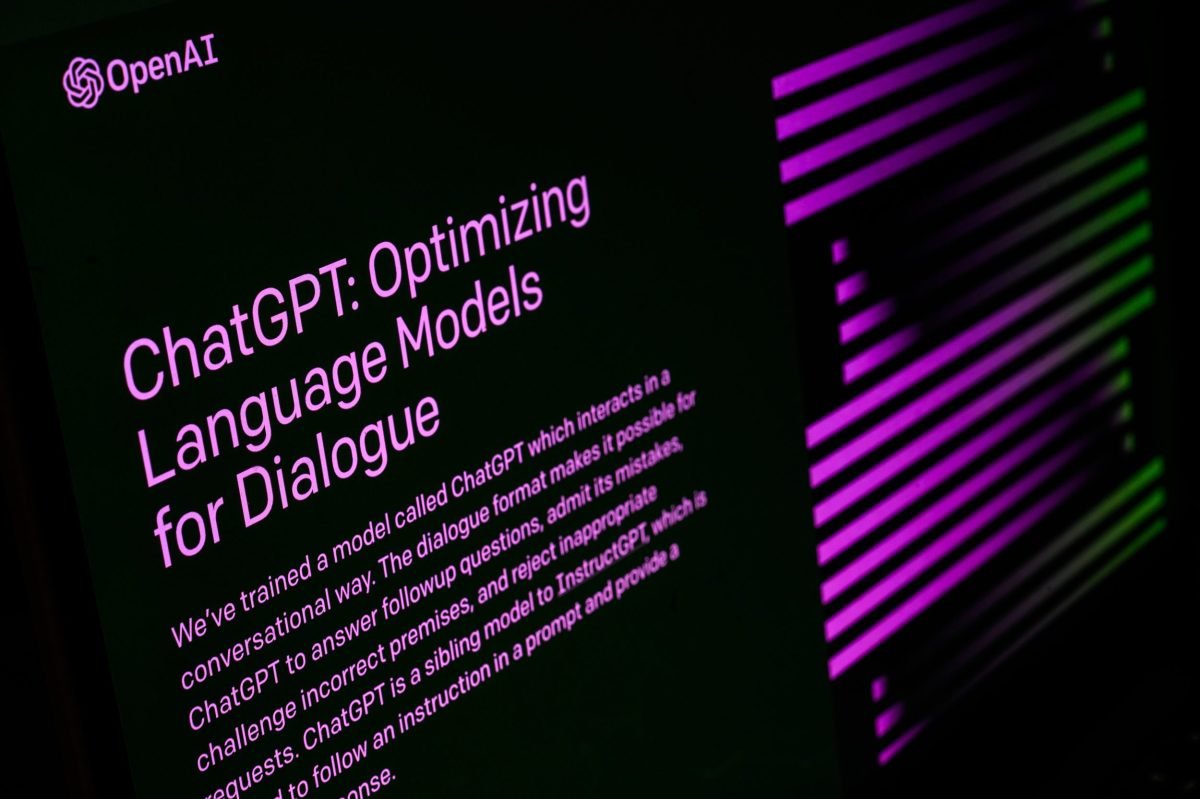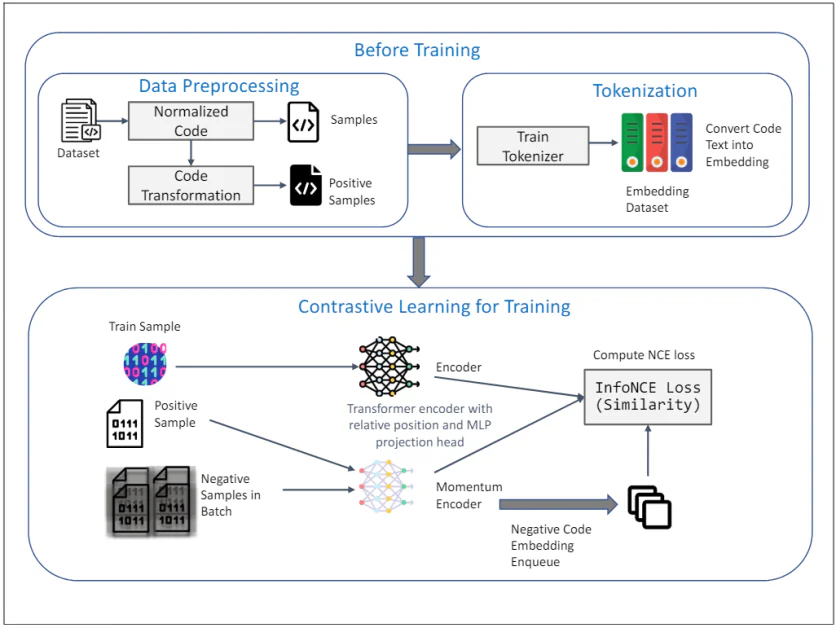When it comes to working with powerful models and APIs as developers and data scientists, the efficiency and performance of API interactions become essential as applications scale. Asynchronous programming plays a key role in maximizing throughput and reducing latency when dealing with LLM APIs.
This comprehensive guide delves into asynchronous LLM API calls in Python, covering everything from the basics to advanced techniques for handling complex workflows. By the end of this guide, you’ll have a firm grasp on leveraging asynchronous programming to enhance your LLM-powered applications.
Before we dive into the specifics of async LLM API calls, let’s establish a solid foundation in asynchronous programming concepts.
Asynchronous programming allows multiple operations to be executed concurrently without blocking the main thread of execution. The asyncio module in Python facilitates this by providing a framework for writing concurrent code using coroutines, event loops, and futures.
Key Concepts:
- Coroutines: Functions defined with async def that can be paused and resumed.
- Event Loop: The central execution mechanism that manages and runs asynchronous tasks.
- Awaitables: Objects that can be used with the await keyword (coroutines, tasks, futures).
Here’s a simple example illustrating these concepts:
import asyncio
async def greet(name):
await asyncio.sleep(1) # Simulate an I/O operation
print(f"Hello, {name}!")
async def main():
await asyncio.gather(
greet("Alice"),
greet("Bob"),
greet("Charlie")
)
asyncio.run(main())
In this example, we define an asynchronous function greet that simulates an I/O operation using asyncio.sleep(). The main function runs multiple greetings concurrently, showcasing the power of asynchronous execution.
The Importance of Asynchronous Programming in LLM API Calls
LLM APIs often require making multiple API calls, either sequentially or in parallel. Traditional synchronous code can lead to performance bottlenecks, especially with high-latency operations like network requests to LLM services.
For instance, consider a scenario where summaries need to be generated for 100 articles using an LLM API. With synchronous processing, each API call would block until a response is received, potentially taking a long time to complete all requests. Asynchronous programming allows for initiating multiple API calls concurrently, significantly reducing the overall execution time.
Setting Up Your Environment
To start working with async LLM API calls, you’ll need to prepare your Python environment with the required libraries. Here’s what you need:
- Python 3.7 or higher (for native asyncio support)
- aiohttp: An asynchronous HTTP client library
- openai: The official OpenAI Python client (if using OpenAI’s GPT models)
- langchain: A framework for building applications with LLMs (optional, but recommended for complex workflows)
You can install these dependencies using pip:
pip install aiohttp openai langchain
Basic Async LLM API Calls with asyncio and aiohttp
Let’s begin by making a simple asynchronous call to an LLM API using aiohttp. While the example uses OpenAI’s GPT-3.5 API, the concepts apply to other LLM APIs.
import asyncio
import aiohttp
from openai import AsyncOpenAI
async def generate_text(prompt, client):
response = await client.chat.completions.create(
model="gpt-3.5-turbo",
messages=[{"role": "user", "content": prompt}]
)
return response.choices[0].message.content
async def main():
prompts = [
"Explain quantum computing in simple terms.",
"Write a haiku about artificial intelligence.",
"Describe the process of photosynthesis."
]
async with AsyncOpenAI() as client:
tasks = [generate_text(prompt, client) for prompt in prompts]
results = await asyncio.gather(*tasks)
for prompt, result in zip(prompts, results):
print(f"Prompt: {prompt}\nResponse: {result}\n")
asyncio.run(main())
This example showcases an asynchronous function generate_text that calls the OpenAI API using the AsyncOpenAI client. The main function executes multiple tasks for different prompts concurrently using asyncio.gather().
This approach enables sending multiple requests to the LLM API simultaneously, significantly reducing the time required to process all prompts.
Advanced Techniques: Batching and Concurrency Control
While the previous example covers the basics of async LLM API calls, real-world applications often demand more advanced strategies. Let’s delve into two critical techniques: batching requests and controlling concurrency.
Batching Requests: When dealing with a large number of prompts, batching them into groups is often more efficient than sending individual requests for each prompt. This reduces the overhead of multiple API calls and can enhance performance.
import asyncio
from openai import AsyncOpenAI
async def process_batch(batch, client):
responses = await asyncio.gather(*[
client.chat.completions.create(
model="gpt-3.5-turbo",
messages=[{"role": "user", "content": prompt}]
) for prompt in batch
])
return [response.choices[0].message.content for response in responses]
async def main():
prompts = [f"Tell me a fact about number {i}" for i in range(100)]
batch_size = 10
async with AsyncOpenAI() as client:
results = []
for i in range(0, len(prompts), batch_size):
batch = prompts[i:i+batch_size]
batch_results = await process_batch(batch, client)
results.extend(batch_results)
for prompt, result in zip(prompts, results):
print(f"Prompt: {prompt}\nResponse: {result}\n")
asyncio.run(main())
Concurrency Control: While asynchronous programming allows for concurrent execution, controlling the level of concurrency is crucial to prevent overwhelming the API server. This can be achieved using asyncio.Semaphore.
import asyncio
from openai import AsyncOpenAI
async def generate_text(prompt, client, semaphore):
async with semaphore:
response = await client.chat.completions.create(
model="gpt-3.5-turbo",
messages=[{"role": "user", "content": prompt}]
)
return response.choices[0].message.content
async def main():
prompts = [f"Tell me a fact about number {i}" for i in range(100)]
max_concurrent_requests = 5
semaphore = asyncio.Semaphore(max_concurrent_requests)
async with AsyncOpenAI() as client:
tasks = [generate_text(prompt, client, semaphore) for prompt in prompts]
results = await asyncio.gather(*tasks)
for prompt, result in zip(prompts, results):
print(f"Prompt: {prompt}\nResponse: {result}\n")
asyncio.run(main())
In this example, a semaphore is utilized to restrict the number of concurrent requests to 5, ensuring the API server is not overwhelmed.
Error Handling and Retries in Async LLM Calls
Robust error handling and retry mechanisms are crucial when working with external APIs. Let’s enhance the code to handle common errors and implement exponential backoff for retries.
import asyncio
import random
from openai import AsyncOpenAI
from tenacity import retry, stop_after_attempt, wait_exponential
class APIError(Exception):
pass
@retry(stop=stop_after_attempt(3), wait=wait_exponential(multiplier=1, min=4, max=10))
async def generate_text_with_retry(prompt, client):
try:
response = await client.chat.completions.create(
model="gpt-3.5-turbo",
messages=[{"role": "user", "content": prompt}]
)
return response.choices[0].message.content
except Exception as e:
print(f"Error occurred: {e}")
raise APIError("Failed to generate text")
async def process_prompt(prompt, client, semaphore):
async with semaphore:
try:
result = await generate_text_with_retry(prompt, client)
return prompt, result
except APIError:
return prompt, "Failed to generate response after multiple attempts."
async def main():
prompts = [f"Tell me a fact about number {i}" for i in range(20)]
max_concurrent_requests = 5
semaphore = asyncio.Semaphore(max_concurrent_requests)
async with AsyncOpenAI() as client:
tasks = [process_prompt(prompt, client, semaphore) for prompt in prompts]
results = await asyncio.gather(*tasks)
for prompt, result in results:
print(f"Prompt: {prompt}\nResponse: {result}\n")
asyncio.run(main())
This enhanced version includes:
- A custom
APIError exception for API-related errors.
- A
generate_text_with_retry function decorated with @retry from the tenacity library, implementing exponential backoff.
- Error handling in the
process_prompt function to catch and report failures.
Optimizing Performance: Streaming Responses
For prolonged content generation, streaming responses can significantly improve application performance. Instead of waiting for the entire response, you can process and display text chunks as they arrive.
import asyncio
from openai import AsyncOpenAI
async def stream_text(prompt, client):
stream = await client.chat.completions.create(
model="gpt-3.5-turbo",
messages=[{"role": "user", "content": prompt}],
stream=True
)
full_response = ""
async for chunk in stream:
if chunk.choices[0].delta.content is not None:
content = chunk.choices[0].delta.content
full_response += content
print(content, end='', flush=True)
print("\n")
return full_response
async def main():
prompt = "Write a short story about a time-traveling scientist."
async with AsyncOpenAI() as client:
result = await stream_text(prompt, client)
print(f"Full response:\n{result}")
asyncio.run(main())
This example illustrates how to stream the response from the API, printing each chunk as it arrives. This method is particularly beneficial for chat applications or scenarios where real-time feedback to users is necessary.
Building Async Workflows with LangChain
For more complex LLM-powered applications, the LangChain framework offers a high-level abstraction that simplifies the process of chaining multiple LLM calls and integrating other tools. Here’s an example of using LangChain with asynchronous capabilities:
import asyncio
from langchain.llms import OpenAI
from langchain.prompts import PromptTemplate
from langchain.chains import LLMChain
from langchain.callbacks.manager import AsyncCallbackManager
from langchain.callbacks.streaming_stdout import StreamingStdOutCallbackHandler
async def generate_story(topic):
llm = OpenAI(temperature=0.7, streaming=True, callback_manager=AsyncCallbackManager([StreamingStdOutCallbackHandler()]))
prompt = PromptTemplate(
input_variables=["topic"],
template="Write a short story about {topic}."
)
chain = LLMChain(llm=llm, prompt=prompt)
return await chain.arun(topic=topic)
async def main():
topics = ["a magical forest", "a futuristic city", "an underwater civilization"]
tasks = [generate_story(topic) for topic in topics]
stories = await asyncio.gather(*tasks)
for topic, story in zip(topics, stories):
print(f"\nTopic: {topic}\nStory: {story}\n{'='*50}\n")
asyncio.run(main())
Serving Async LLM Applications with FastAPI
To deploy your async LLM application as a web service, FastAPI is an excellent choice due to its support for asynchronous operations. Here’s how you can create a simple API endpoint for text generation:
from fastapi import FastAPI, BackgroundTasks
from pydantic import BaseModel
from openai import AsyncOpenAI
app = FastAPI()
client = AsyncOpenAI()
class GenerationRequest(BaseModel):
prompt: str
class GenerationResponse(BaseModel):
generated_text: str
@app.post("/generate", response_model=GenerationResponse)
async def generate_text(request: GenerationRequest, background_tasks: BackgroundTasks):
response = await client.chat.completions.create(
model="gpt-3.5-turbo",
messages=[{"role": "user", "content": request.prompt}]
)
generated_text = response.choices[0].message.content
# Simulate some post-processing in the background
background_tasks.add_task(log_generation, request.prompt, generated_text)
return GenerationResponse(generated_text=generated_text)
async def log_generation(prompt: str, generated_text: str):
# Simulate logging or additional processing
await asyncio.sleep(2)
print(f"Logged: Prompt '{prompt}' generated text of length {len(generated_text)}")
if __name__ == "__main__":
import uvicorn
uvicorn.run(app, host="0.0.0.0", port=8000)
This FastAPI application creates an endpoint /generate that accepts a prompt and returns generated text. It also demonstrates using background tasks for additional processing without blocking the response.
Best Practices and Common Pitfalls
When working with async LLM APIs, consider the following best practices:
- Use connection pooling: Reuse connections for multiple requests to reduce overhead.
- Implement proper error handling
-
What is an Asynchronous LLM API call in Python?
An asynchronous LLM API call in Python allows you to make multiple API calls simultaneously without blocking the main thread, increasing efficiency and speed of your program.
-
How do I make an asynchronous LLM API call in Python?
To make an asynchronous LLM API call in Python, you can use libraries such as aiohttp and asyncio to create asynchronous functions that can make multiple API calls concurrently.
-
What are the advantages of using asynchronous LLM API calls in Python?
Using asynchronous LLM API calls in Python can significantly improve the performance of your program by allowing multiple API calls to be made concurrently, reducing the overall execution time.
-
Can I handle errors when making asynchronous LLM API calls in Python?
Yes, you can handle errors when making asynchronous LLM API calls in Python by using try-except blocks within your asynchronous functions to catch and handle any exceptions that may occur during the API call.
- Are there any limitations to using asynchronous LLM API calls in Python?
While asynchronous LLM API calls can greatly improve the performance of your program, it may be more complex to implement and require a good understanding of asynchronous programming concepts in Python. Additionally, some APIs may not support asynchronous requests, so it’s important to check the API documentation before implementing asynchronous calls.
Source link














